5050 Taper Lock Bushings
- Bushing Number: 5050
- Bore: 1″、1/2″、10mm、11/16″、11mm、12mm、13/16″、14mm…..
- Dimension (A): 7″
- Dimension (B): 5″
- Dimension (D): 6.72″
- Number Of Set Screws: 3
- Threads: 7/8″
- Length: 2-1/4″
- Dimension (G): 37°
- Wrench Torque: 3,100 LBS
- Weight: 32 LBS
5050 Taper Lock Bushings
The tapered locking bushing is designed to mechanically connect two or more shafts and has a tapered surface. They provide flexibility between primary and secondary components and have ISO-compliant threads and keyways. QTL tapered bushing is installed on the tapered hub, and QTL tapered bushing is installed on the keyway. These two styles are processed according to ISO standards. The size of the tapered locking bushing is defined by four digits, including the flange. The first two digits of the dimension represent the maximum hole diameter, and the last two digits represent the length of the bushing. For example, a taper lock bushing with a diameter of 1.5 “is 1-1/2”. Similarly, the metric aperture is given by placing “mm” after the metric dimension. In addition, the tapered locking bushing is flush with the tapered pulley and sprocket.
Dimensions of the 5050 Taper-Lock Bushings
- Bushing Number: 5050
- Bore: 1″、1/2″、10mm、11/16″、11mm、12mm、13/16″、14mm…..
- Dimension (A): 7″
- Dimension (B): 5″
- Dimension (D): 6.72″
- Number Of Set Screws: 3
- Threads: 7/8″
- Length: 2-1/4″
- Dimension (G): 37°
- Wrench Torque: 3,100 LBS
- Weight: 32 LBS
Installation
1. Clean all oil, dirt, and paint from the shaft, bushing holes, bushing exterior, and bores of components (sprockets, pulleys, etc.).
2. Insert the bushing into the assembly. Match hole patterns, not threaded holes (each hole is threaded on one side only).
3. Thread the set screw or cap screw into the half-threaded hole shown below. Install the assembly on the shaft.
4. Alternately set the torque setting or cap screw* to the recommended torque setting in the table below.
5. Fill all unoccupied holes with grease.
Removal
1. Remove any retaining or cap screws.
2. Insert the set screw or cap screw into the above hole.
3. To reinstall, complete all five (5) installation instructions.
Keyless shaft locking allows more torque transfer for a given diameter shaft. They will also keep the stress evenly distributed across the outside and inside diameters of the shaft, rather than concentrating it in the keyway. They can also cause thin hubs to crack under high pressure. Therefore, you should look for shafting made of walls of minimum thickness. When purchasing a locking bushing, make sure the wall thickness of the shaft is appropriate for the type of application you have in mind.
Keyless shaft-to-hub locking devices are another common type. They allow for easy removal and repositioning of components while eliminating gaps and synchronization issues. They also do not require threads, which makes them more economical and popular for low-volume applications. Additionally, they are easier to install and do not require the milling of keyways. As an added bonus, keyless bushings are less expensive and allow for higher shaft tolerances, making them an excellent choice for a variety of applications.
Keyless shaft-to-hub locking devices work by compressing an inner sleeve with a tapered outer and inner diameter. The inner sleeve is installed on the shaft and in the hub hole of the assembly. By tightening the bolts in the locking mechanism, the inner sleeve squeezes and compresses the shaft within the outer diameter of the hub. This ensures a secure connection.
Click and check out more products you’re looking for.
Q1. Are you a factory?
A. Yes. We are a factory with more than 30 years of manufacturing experience.
Q2. Is OEM and ODM service available?
A. Of course. We have many years of experience in OEM& ODM service.
Q3. I am buying from another supplier, but need better service. Would you match or beat the price I am paying?
A. We always feel we provide the best service and competitive prices. We would be happy to personalize a competitive quote for you, email us.

Packing Shipping Delivery
  |
 |
|
 |
 |
|
How to choose power transmissions parts and industrial products which meet our requirement
| Chains | Sprockets | Pulleys | Timing belt Pulley | V-belt Pulley |
| Sheaves | Coupings | Bush &Hub | Gear& Rack | V-Belt |
| Locking Assembly | Pulley | Gearbox | Reducer | Shaft Collar |
| Rod End Bearing | Clevis | PTO | Chain Guide | Belt Guide |
| Rubber Buffer | Chain Tensioner | PTO Drive Shafts | Universal Joints | Roller Chains |
| Conveyor Chains | V-Belts | Worm Gearbox | Helical Gear | Worm |
| Agricultural Chain | CNC Proces Parts | Casting | Stamping | |
| Powder Metallurgy | CNC Proces Parts | Casting | Stamping |
What Products Do you sell ?
We are a group of factories, give customer one stop solution of power transmission and industrial products. We are in the position to supply wide range of products, including chains, sprockets, v-belt and v-belt pulleys, timing belt and timing belt pulleys, gears, speed reducers, motors, racks, couplings, and many other parts, like locking assembly, taper bushing, Chain guide, shaft collar, torque limiter, cam clutch, universal joint, motor base and motor slide, rod end, clevis, rubber mount, etc. We make special parts according to drawings and/or samples.
How to choose a gearbox which meets our requirement?
You can refer to our catalogue to choose the gearbox or we can help to choose when you provide
the technical information of required output torque, output speed and motor parameter etc.
What information shall we give before placing a purchase order?
a) Type of the gearbox, ratio, input and output type, input flange, mounting position, and motor informationetc.
b) Housing color.
c) Purchase quantity.
d) Other special requirements.
What industries are your gearboxes being used?
Our gearboxes are widely used in the areas of textile, food processing, beverage, chemical industry,
escalator,automatic storage equipment, metallurgy, tabacco, environmental protection, logistics and etc.
What is the producing process?
Production process including raw material cutting, machine processing, grinding, accessories cleaning, assemble, cleaning, stoving, oil coating, cover pressing, testing, package.
How to control the products quality?
Combining advanced equipment and strict management, we provide high standard and quality bearings for our customers all over the world.
What is the transportation?
-If small quantity , we Suggest to send by express, such as DHL,UPS, TNT FEDEX. If large amount, by air or sea shipping.
Can we design packaging?
-Yes. Default is regular packing, and we can make customer's own packing.
Can you provide OEM service?
-Yes, we work on OEM orders. Which means size, quantity, design, packing solution, etc will depend on your requests; and your logo will be customized on our products.
Can you give me discount on Power Transmissions Parts and Industrial parts?
-Yes, of course. Pls. send me your Email, you'll get more
Q: Are You a trading company or a manufacturer?
A: We Are the factory and have our Own trading company
Q: How Can I get an offer?
A: please send US quotation information: drawings, materials, weight, quantity and requirements, we can accept PDF, ISGS, DWG, STEP file format. If you don't have the drawings, please send us the samples, we can also quote you according to your samples.
Q: What is your minimum order size?
A: it is usually 100 pieces, but a low quantity is acceptable under some special circumstances.
Q: Do you provide samples? Is it free or extra?
A: Yes, we can provide samples free of charge, but we don't pay the freight.
Q: What is the lead time for mass production?
A: honestly, it depends on the number of orders. Normally, if you don't need the tools, deposit them after 30 days or so.
Q: What if the parts don't Work?
A: we can guarantee the quality, but if it happens, please contact us immediately, take some photos, we will check the problem and solve it as soon as possible.
Q: What are your terms of payment?
A: payment is less than US $1000,100% in advance. Payment: $1000,50% wire transfer in advance, balance before shipment,Other Terms of payment are negotiable

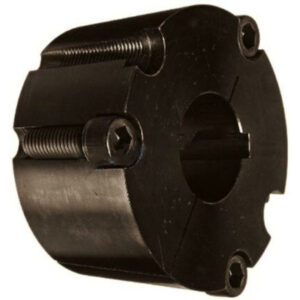
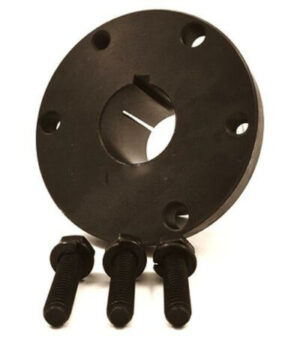
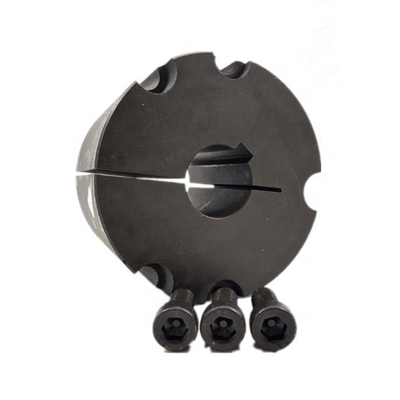
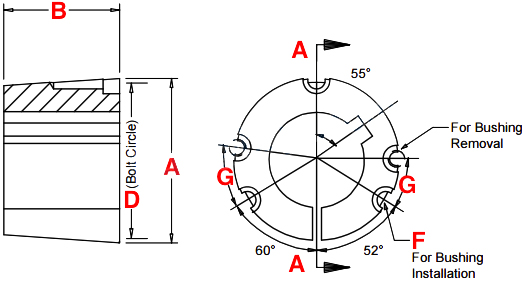
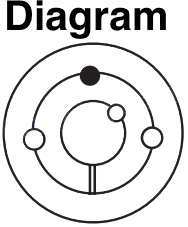
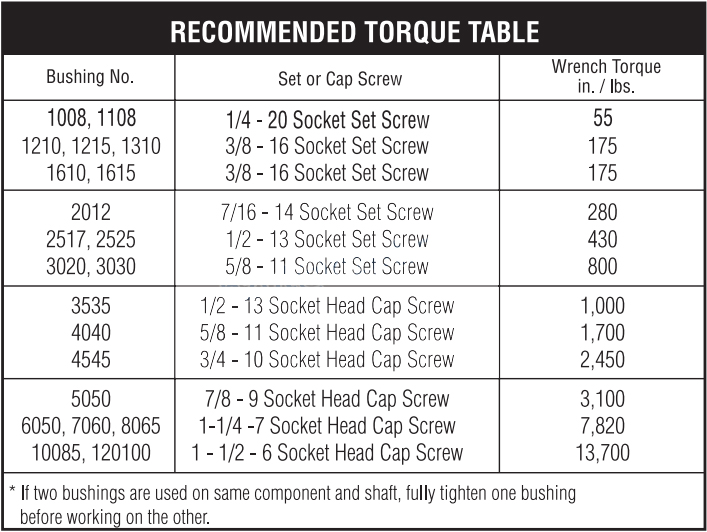
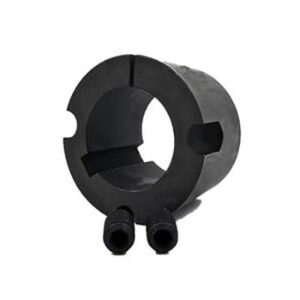
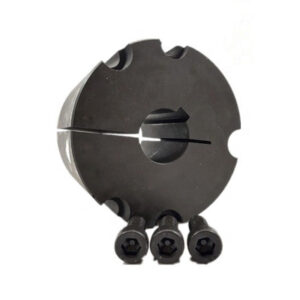
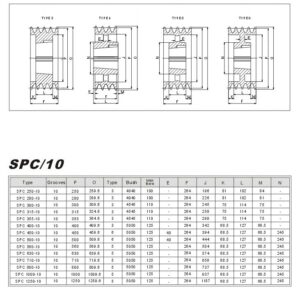
Reviews
There are no reviews yet.